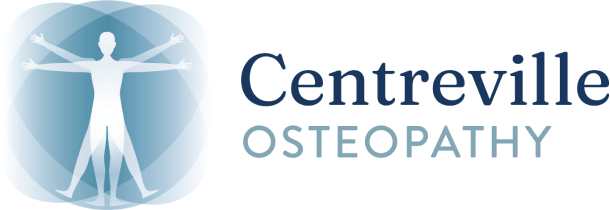Craniofacial Growth & Development


Our faces are critical to our survival
Thanks to our faces we can breathe, eat, drink, and communicate with each other. Automatically. We don’t even have to think about it. But, these functions of our faces have another role – they drive the growth and development of our heads and faces, otherwise known as craniofacial growth and development.
And even though we don’t think about how we breathe, drink, chew, swallow, and talk, there are right and wrong ways to do them. If done correctly, our face grows optimally. If done incorrectly, the face grows poorly leading to many common medical problems.
Connecting the Dots
healthy faces, healthy bodies, healthy people

Preconception
Parents breathe through their noses and eat fresh, whole, nutritious food to build strong bones.

Pregnancy
Parents breathe through their noses and eat fresh, whole, nutritious food to build strong bones.

Babies
Birth: Baby’s tongue rests in palate (roof of mouth) with lip seal and nasal breathing.
6 months – 2 years: Baby teeth come in as baby learns how to drink from a cup and eat solid food.

Children
5-6 years: Child begins to loose baby teeth and get permanent teeth.
11-13 years: Child has all permanent teeth except wisdom teeth.

Adults
Adult has enough space for all teeth including wisdom teeth.
Parents breathe through their noses and eat fresh, whole, nutritious food to build strong bones.
Parents breathe through their noses and eat fresh, whole, nutritious food to build strong bones.
Birth: Baby’s tongue rests in palate (roof of mouth) with lip seal and nasal breathing.
6 months – 2 years: Baby teeth come in as baby learns how to drink from a cup and eat solid food.
5-6 years: Child begins to loose baby teeth and get permanent teeth.
11-13 years: Child has all permanent teeth except wisdom teeth.
Adult has enough space for all teeth including wisdom teeth.

Our facial functions are established in the first two years of life.
Birth - 2 Years
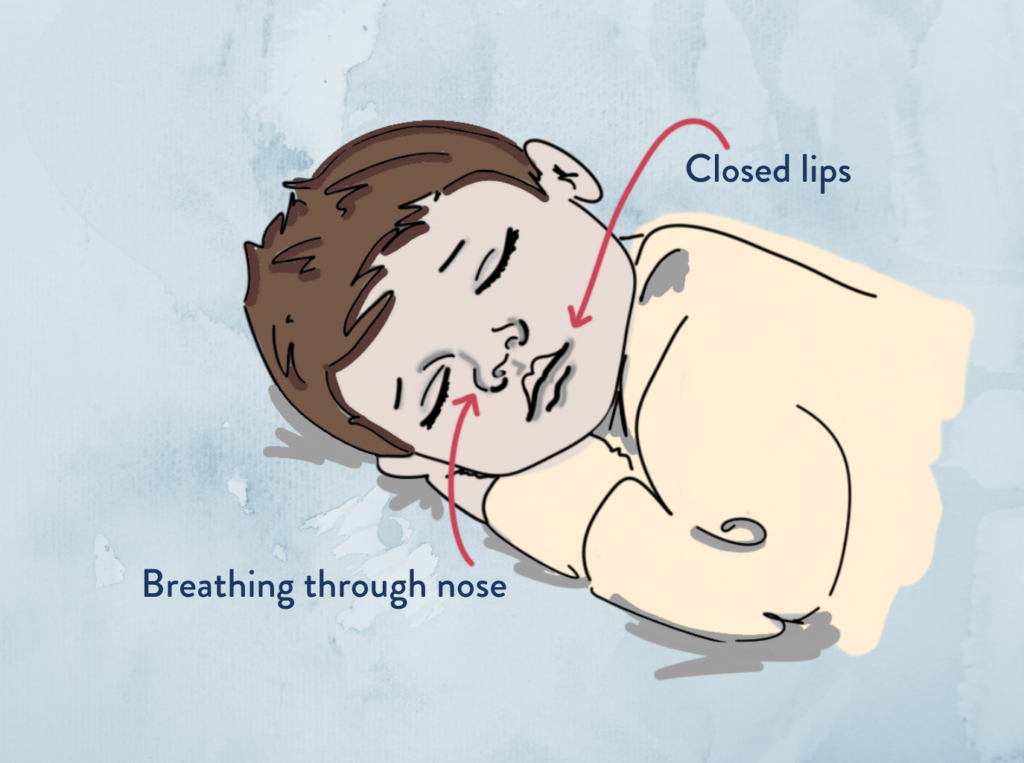
Sleeping
The baby is born with the palate (roof of the mouth) wide enough for the tongue to rest there. Lips are closed and breathing is through the nose.
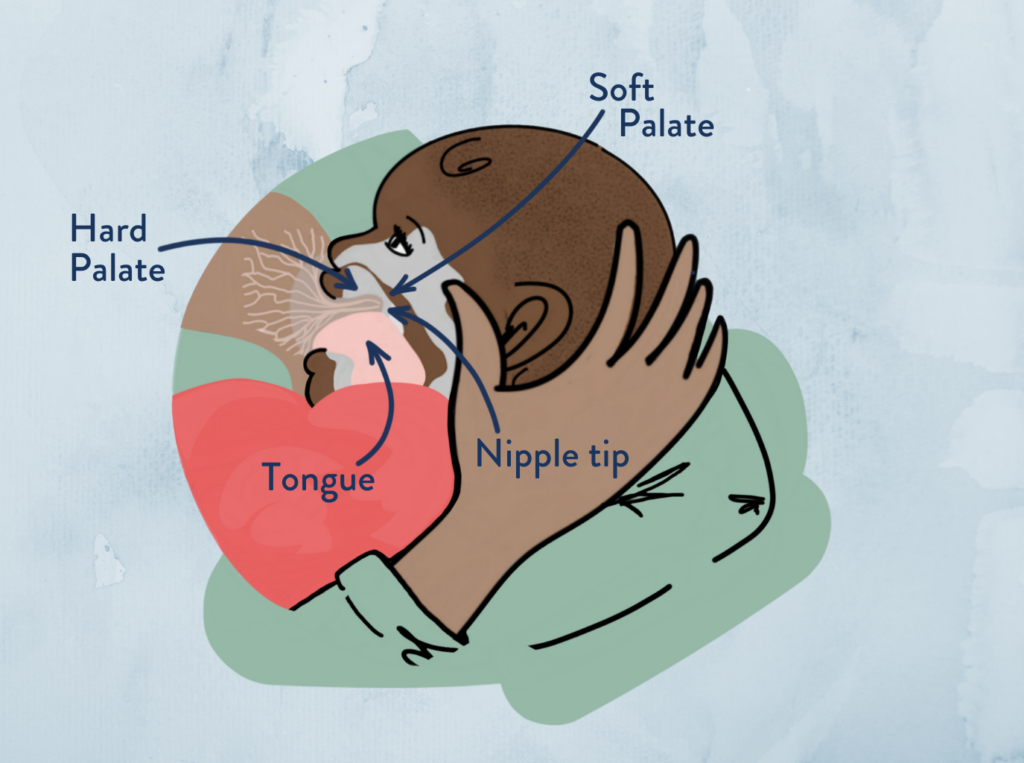
Breastfeeding
The baby’s tongue pushes up into the palate while nursing. The work of the facial muscles sucking draws milk from the breast. The tug of the muscles on the bones encourages them to grow.
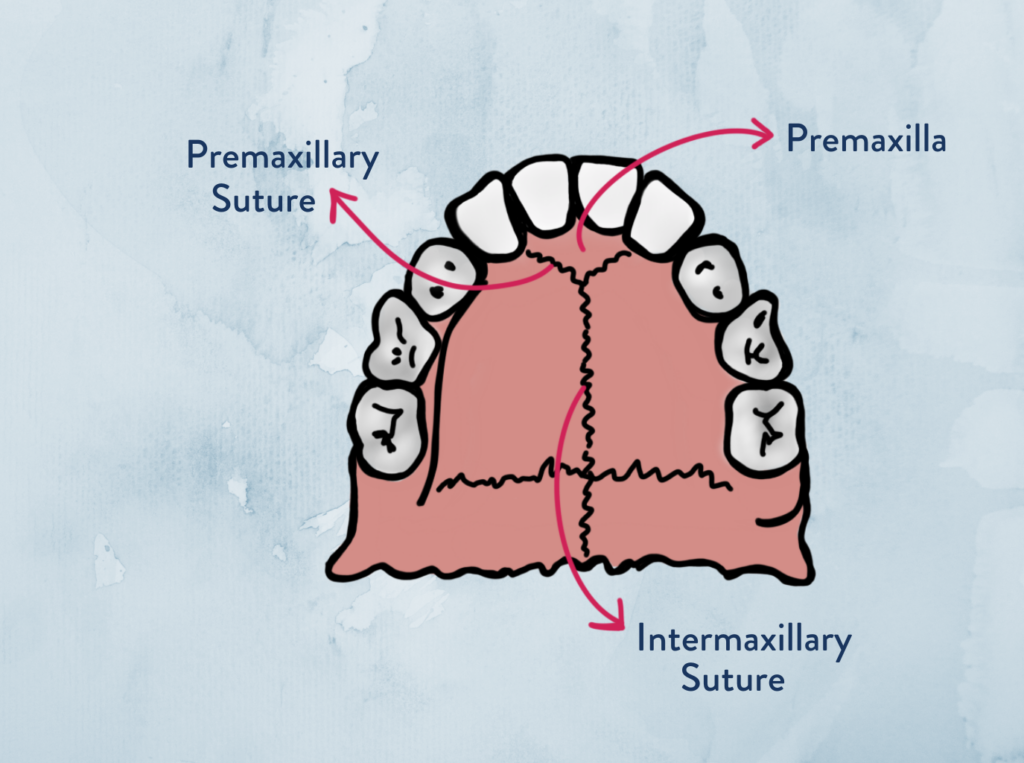
Facial Growth
The pressure from baby nursing encourages the bones of the mouth to grow forward and outward at the premaxillary and intermaxillary sutures.

Just like we exercise our arms and legs, we also need to exercise our faces. Nursing is baby’s facial exercise.
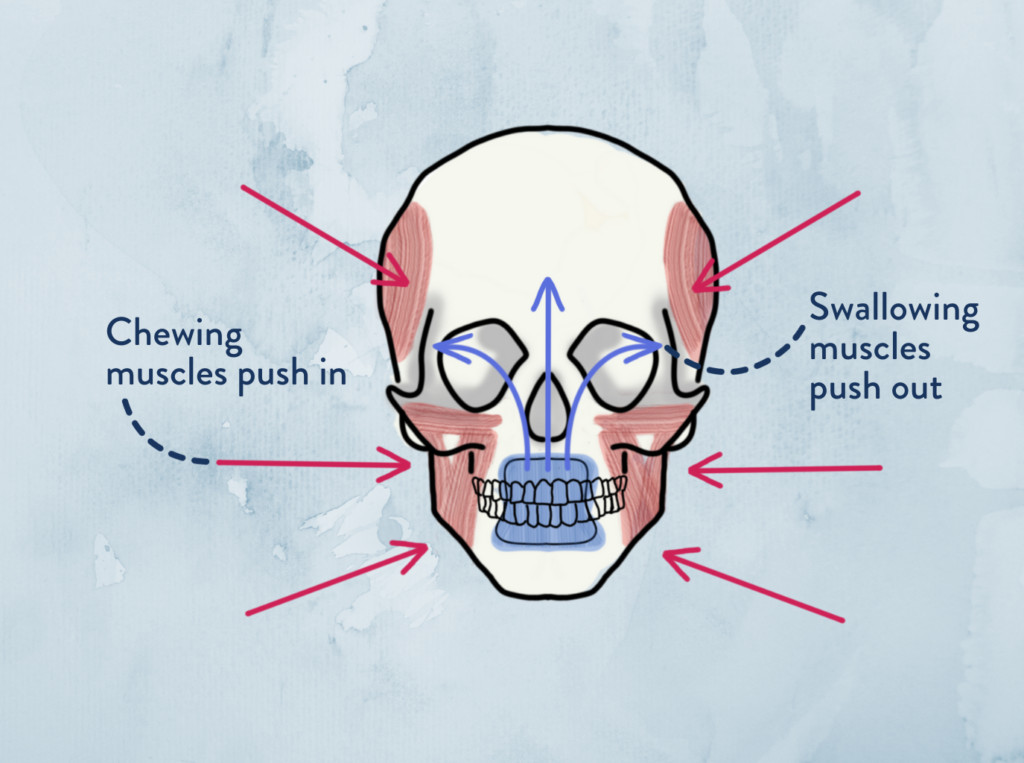
Balance of Forces
The tongue continues to work the same way when the baby learns how to drink from a cup and eat solid food. It pushes up against the roof of the mouth to balance the forces of the chewing muscles pushing in.

Breathing, chewing, and swallowing is facial exercise for children and adults.
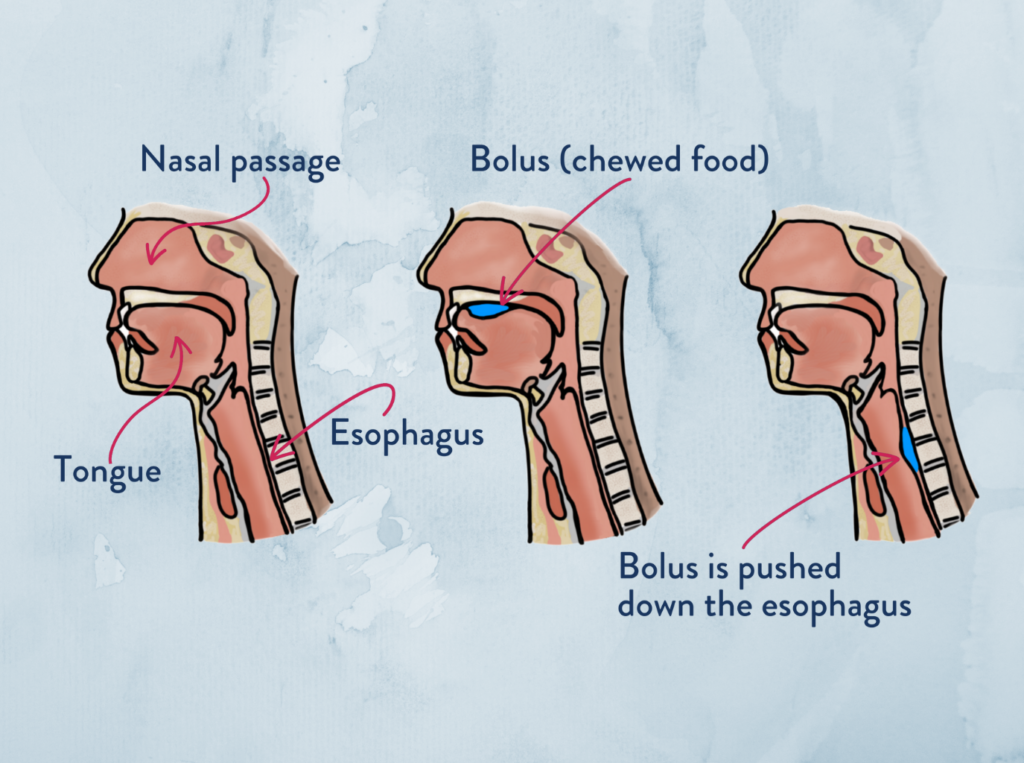
Functional Swallow
Between one and two years of age, the one and two year molars come in. When this happens, the child bites down so the molars come together triggering the transition of the swallow from an infantile (tongue thrust) swallow to a functional swallow (also known as a mature swallow). In an infantile swallow, the tongue moves forward and up into the palate. In a mature swallow, the tongue moves solely up into the roof of the mouth. This transition from infantile to mature swallow happens by the age of two years and indicates that facial functions are fully developed.
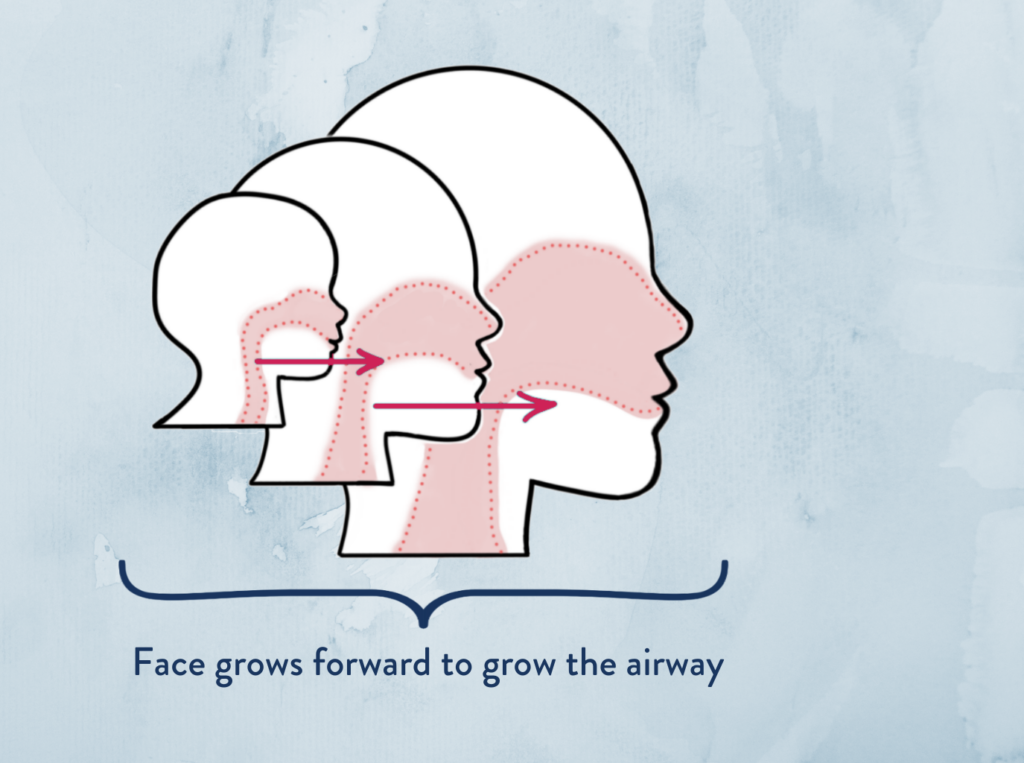
Growing Forward
Now that the functions of the face are fully developed, the face is ready to grow! The face grows forward resulting in growth of the airway to meet the need for air in the growing individual.

Just like rivers carve canyons, tongue movement drives growth and development of the palate.
